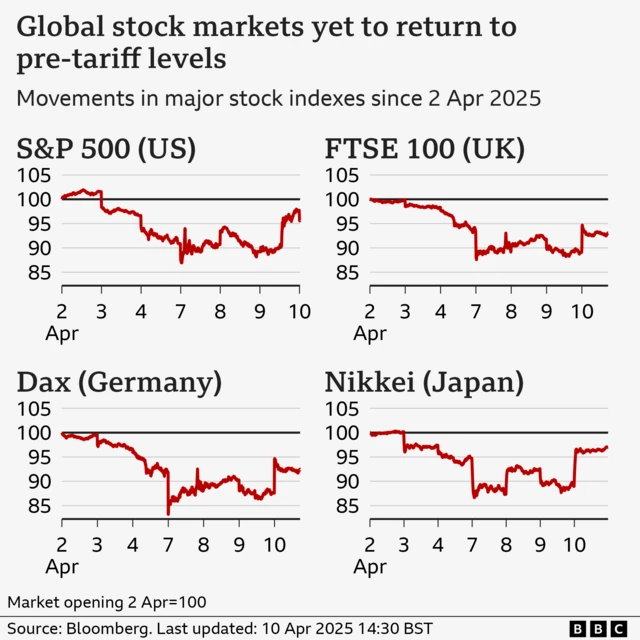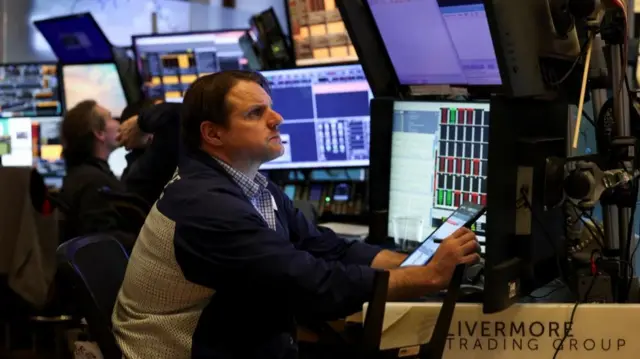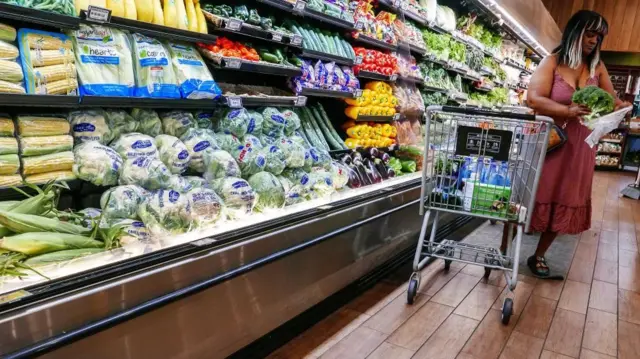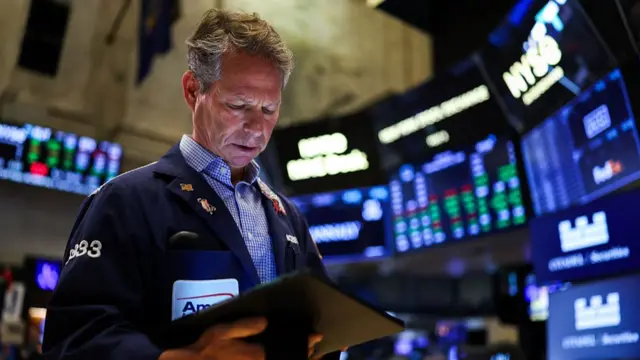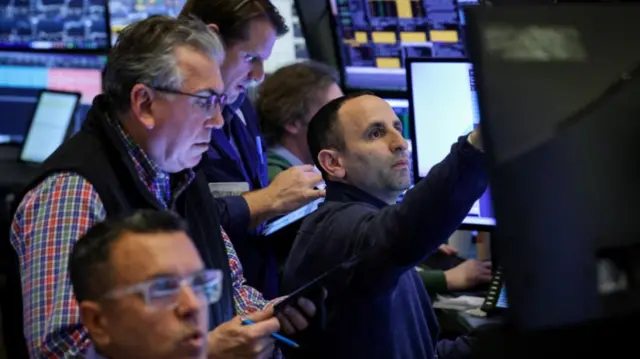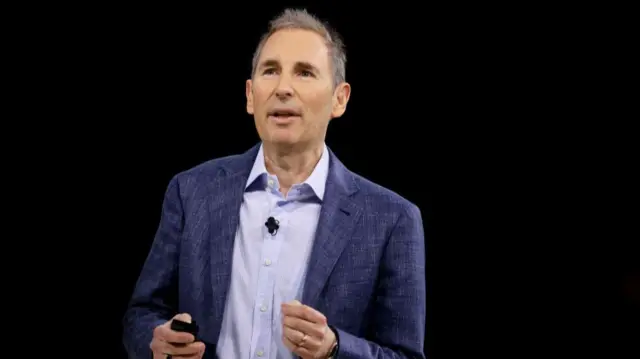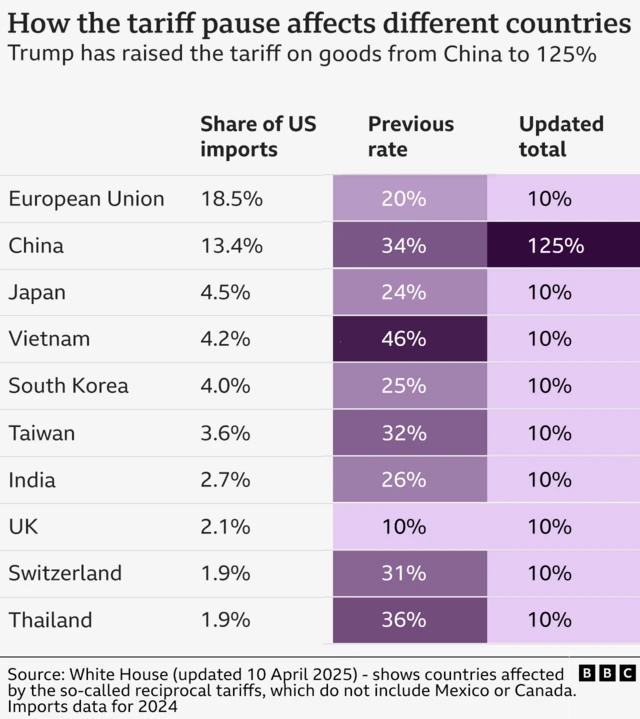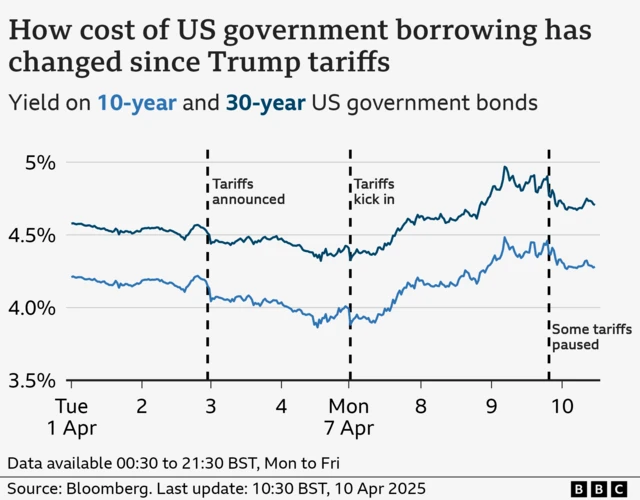Eggs are getting more expensive in the US - here's why that matterspublished at 16:25 BST 10 April
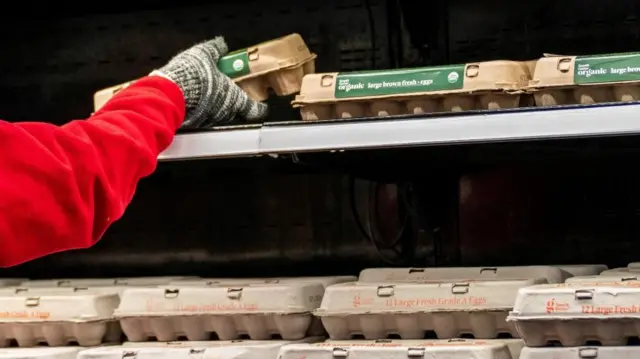 Image source, Reuters
Image source, ReutersEgg prices in the US have reached a record high of $6.23 (£4.82) per dozen, the latest official data shows.
That's tricky for Donald Trump, who repeatedly promised to get the prices of eggs down during his election campaign.
Why? In the US, the price of eggs is used by politicians from both sides as an indicator of the cost of living in general. It's a stat that is used as a stand-in for prices overall.
Last month, Trump gave a speech in which he said his predecessor Joe Biden had "let the price of eggs get out of control".
Earlier, we reported some good news on prices in the US - as well as some caution.

